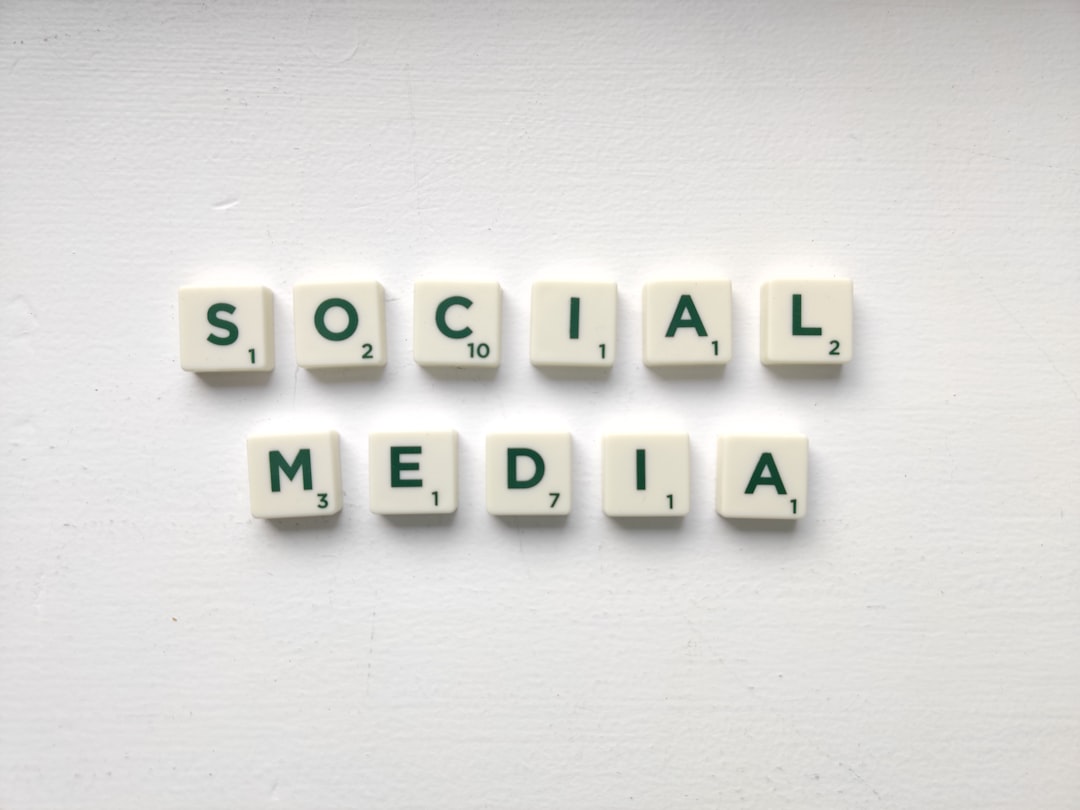AI-Generated Models Walk the Runway: A New Era for Fashion Week
The latest London Fashion Week showcased a striking blend of reality and digital innovation. Virtual influencers like Lil Miquela and Shudu Gram graced the runways. This blend of AI and fashion not only turned heads but also marked a significant trend that brand marketers can’t ignore. In this post, we’ll explore why virtual influencers matter, how brands can leverage this trend, and what the future holds for digital modeling.
Why It Matters
- Virtual influencers are redefining celebrity and branding.
- They attract attention, offering unique engagement opportunities.
- Brands can harness AI-generated models to create tailored content.
How Brands Can Leverage This Trend
The presence of virtual influencers presents exciting opportunities for brands in the fashion industry. They can create memorable collaborations that resonate with younger audiences who are increasingly tech-savvy. Moreover, virtual models offer brands the flexibility to showcase their collections without geographical constraints. However, it’s crucial for brands to maintain authenticity, as consumers may question the motives behind using AI models. Accordingly, understanding both the potential and the limitations of virtual influencers is key to effective campaigns.
What’s Next?
As the relationship between fashion and technology deepens, virtual influencers are likely to become even more prevalent. We can expect to see increased investment in AI to enhance model diversity and creativity. To stay ahead, brands should explore partnerships with tech companies that specialize in AI modeling. This proactive approach will allow them to harness new trends and better engage their target audiences.
Discover Our Latest Insights


Unlocking Creativity: How 14 Influencers are Using Generative AI to Build Massive Followings

Redefining Influence: 14 Creators Revolutionizing Social Media with AI
Ready to reach new heights?
For every 1$ you spend on influencer marketing, your brand earns $5.20 in ROI.
Kickstart your influencer marketing-led social-first advertising strategy.
